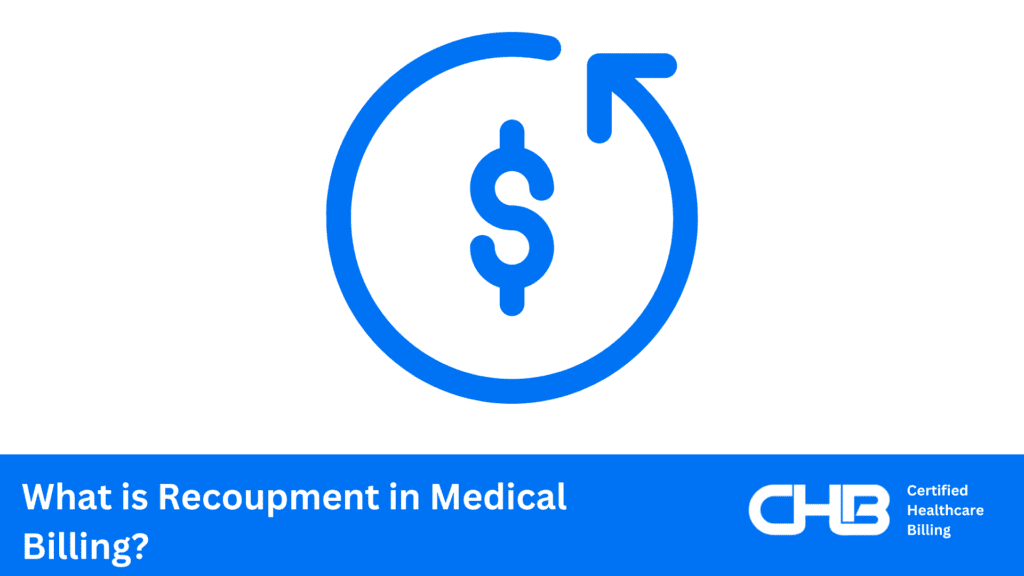
Entity Code facts
In the intricate world of medical billing, understanding various codes is essential. One crucial element you might encounter is the entity code. These codes play a significant role in ensuring the correct processing of claims and the accurate transfer of information. Let’s dive into what entity codes are, their importance, and how they affect the medical billing process.
What are Entity Codes?
Entity codes are two-character identifiers used in healthcare transactions. These codes help specify the role or relationship of the individual or organization involved in the transaction. They are used in various electronic data interchange (EDI) transactions, such as insurance claims, to indicate whether the entity is a patient, provider, employer, or insurance company, among others.
Importance of Entity Codes
Entity codes are essential for several reasons:
- Accurate Claim Processing: They help in identifying the correct parties involved in a claim, ensuring that the information is processed correctly.
- Compliance: Using the correct entity codes ensures compliance with healthcare regulations and standards.
- Efficiency: They streamline the communication process between different healthcare entities, reducing errors and delays.
Common Entity Codes in Medical Billing
Here are some commonly used entity codes and their meanings:
- IL: Insured or Subscriber
- PE: Payee
- PR: Payer
- QC: Patient
- 71: Attending Physician
- 72: Operating Physician
- 82: Rendering Provider
How Entity Codes Affect Medical Billing
Imagine a scenario where a clinic submits a claim for a patient who had surgery. The claim will include various entity codes to identify the patient (QC), the attending physician (71), and the operating physician (72). If these codes are incorrect, the claim might be denied or delayed, leading to frustration and possible financial issues for the clinic and the patient.
For instance, Dr. Smith, an operating physician, performed surgery on John Doe, who is the patient. The claim needs to accurately reflect John as the patient (QC) and Dr. Smith as the operating physician (72). If these entity codes are mixed up, the insurance company might not process the claim correctly, resulting in denied payments or additional paperwork.
Best Practices for Using Entity Codes
To avoid common pitfalls, follow these best practices:
- Double-Check Codes: Always verify the entity codes before submitting claims.
- Training: Ensure that all billing staff are well-trained in understanding and using entity codes.
- Software: Utilize medical billing software that helps in selecting the correct entity codes automatically.
Real-Life Example
A small clinic was experiencing a high number of claim denials due to incorrect entity codes. By implementing a training program for their billing staff and upgrading their billing software, they were able to reduce their claim denials by 40%. This improvement not only increased their revenue but also improved patient satisfaction as claims were processed more swiftly.
How Certified Healthcare Billing Can Help
At Certified Healthcare Billing, we understand medical billing complexities. Our team is experienced in handling entity codes and other crucial aspects of the billing process, guaranteeing that claim submissions are accurate and timely. By partnering with us, you can focus on providing quality care while we manage the billing details.
Ready to streamline your billing process? Reach out to us today to learn how we can assist you.


